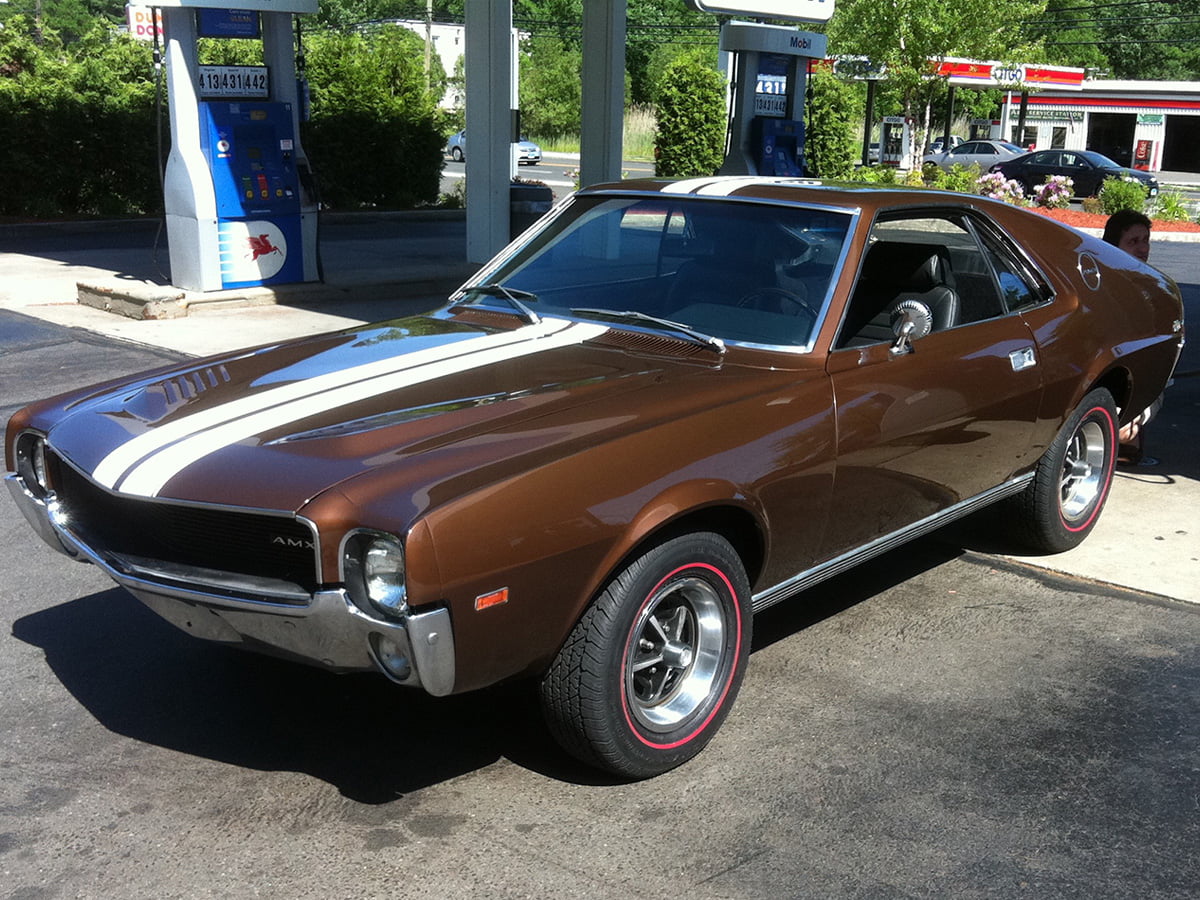The thought of owning a classic car can be exciting. Just imagine yourself in something like this ‘67 Chevy Nova.
Wouldn’t that be amazing? Yes, it would; but before you go out and buy a seemingly good antique car on impulse, it’s important that you inspect it as thoroughly as possible.
Used car shopping is something of an art. If you’re new to it, or you’re just looking for some quick points that will help shield you from questionable deals, then you’ve come to the right place.
Follow these 3 inspection tips while searching for the car of your dreams.
1. Check for Rust
Rust is not easy to cure and it can show up in all kinds of places: undercarriages, wheel arches, doors and windowsills, engine blocks… even inside of the car! Rust is sneaky and can attack from any angle. While you may be able to swap panels out here and there, in most cases, you’ll still end up with a rusty car regardless of what you do.
Rust is one of the biggest killers of classic cars, but it’s also something you can’t always see on your own. You need to know how to check for rust before you buy a classic car—and here are some tips on how to do it.
Check for brown rust stains under the car, around the car, and on the inner side of the car’s doors. A well-kept door should have a smooth lip. If you open the door and find Bondo or creases in the lip, then that’s an indication of rust.
2. Look for the Original Motor (And Don’t Forget to Test it!)
When you’re conducting your inspection, remember that you want to see OEM parts, not aftermarket parts. Unlike newer used cars, classic car parts are not as easy to come by. While not every part needs to be factory-original, the key components, like the motor, should be if that’s the restoration you are going for. To check the motor, pop the hood and look for it in the engine bay.
If it has the original motor, great; now it’s time to check if the motor is in good shape. Start the car and rev the engine. You should be listening for a smooth humming sound. If you hear any kind of knocking, then you could be looking at trouble. If the engine is running smoothly, then it’s likely that the car has been well cared for. But if there are any problems with the motor, then it’s likely that there could be other problems with the car as well—and these could be costly or difficult to fix.
3. Watch for Leaks
The classic car is a thing of beauty. The glimmering paint job, the classic lines and the sleek design are all elements that make up a work of art. But before you go out and buy your dream machine, it’s important to know what you’re getting into.
For many people, buying a classic car is an investment in their future. If you’re looking for something that will increase in value over time and make money while you drive it, then this might be the right choice for you.
However, if you want to ensure that your investment is safe and sound, then we suggest checking for leaks! Leaks can be found anywhere from the engine block to the trunk seal—and they can do serious damage to your investment if left unchecked.
You don’t have to be an expert to start looking for any leaks. Just check underneath the vehicle. If you see puddles or obvious liquid stains, there could be an issue —and not just because you don’t want a mess in the garage.
The fact is that leaks may be a sign of more serious problems with your vehicle.
4. Use a Magnet to Look for Filler
Ideally, you want your classic car to be at least 90% steel. The magnet test will tell you if there is any filler, like Bondo. Gently comb the doors with a magnet. If the magnet doesn’t stick, that area is made of filler material.
Need Your Classic Car Professionally Inspected? Call Innovative Restorations
What better way to ensure that your antique car is in good condition before you sign on the dotted line? If you’re serious about purchasing a classic car, then let us inspect it for you.
At Innovative Restorations in Wallingford, Connecticut, we’re known for our quality services and incredible restoration work. Our staff can do any request, from a complete engine overhaul, to a fully original restored classic car, or even muscle car restoration.




